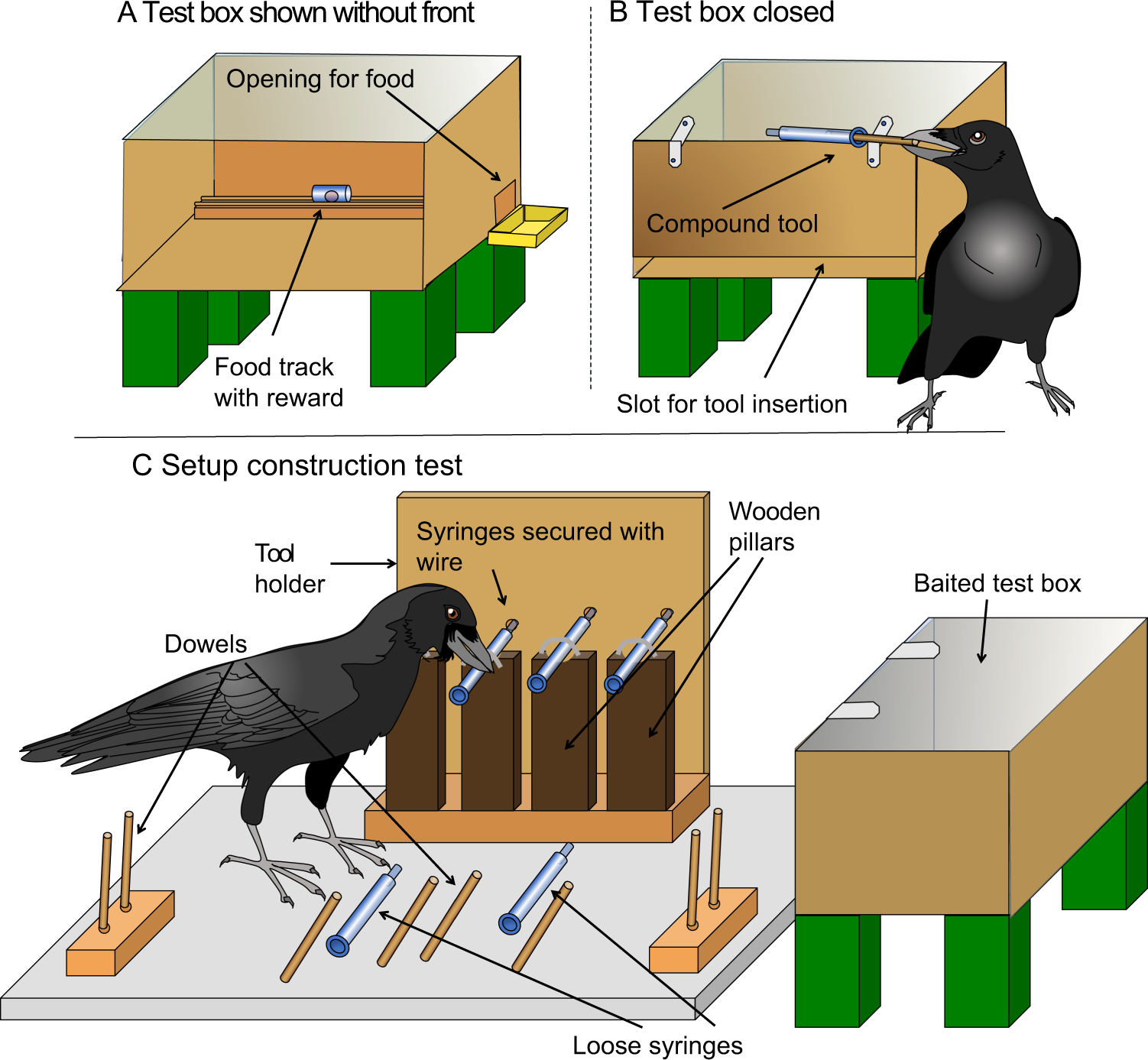

The distraction strategy, she explains, is not all that different from pickpockets in crowded urban areas. “I’ve seen a jackdaw pull a rook’s tail while another jackdaw comes around and its food,” Clayton says. In some cases, the food stealing seems to be planned by two individuals. Nicola Clayton, whose research career at Cambridge University has centered around the strategies crows use to find and save food, agrees. She says that tail-pulling usually seems to be about stealing the other animal’s food. It may seem like pure playfulness, but Campbell-Smith has observed the behavior in multiple different corvid species. If crows see a tail, she writes, they pull it. The crow seems nothing short of obsessed with the cats’ tails-behavior that’s pretty standard for crows, says crow researcher Jennifer Campbell-Smith. But what do crow researchers make of these anecdotes-can they really tell us anything about crow intelligence? Yanking the tail We watch a crow apparently intentionally torment cats until they obligingly start clawing and notice the weird resemblance to Mean Girls. In other words, we see crows playing on a snowy car or sledding down a roof and imagine why we would do something like that. “We see animals doing things for which we don’t have appropriate explanations other than pretending we ourselves are doing it.” We have a tendency to project our own minds onto animals, says Alex Kacelnik, a professor of behavioral ecology at Oxford University. The problem is, animal behavior is notoriously tricky to interpret. It’s hard to escape the feeling that this playfulness tells us something important about crow intelligence-it seems intuitive to take it as a further sign of prodigious animal intellect. We can even watch them appearing to find entertainment in tormenting other animals, like these apparently mischievous (or sadistic) crows causing a cat fight. Floods of anecdotes and videos attribute everything from gratitude to playfulness to the corvid family-colloquially known as crows. They can solve complicated multi-step puzzles.ĭespite all the ability, current research barely scratches the surface of the Internet’s love affair with these animals. They use tools: in artificial captive situations, in the wild, and by exploiting urban features like traffic. A flood of research on the birds keeps turning up astonishingly smart behavior. If you’re not yet obsessed with crows, you’re behind the times.


 0 kommentar(er)
0 kommentar(er)
